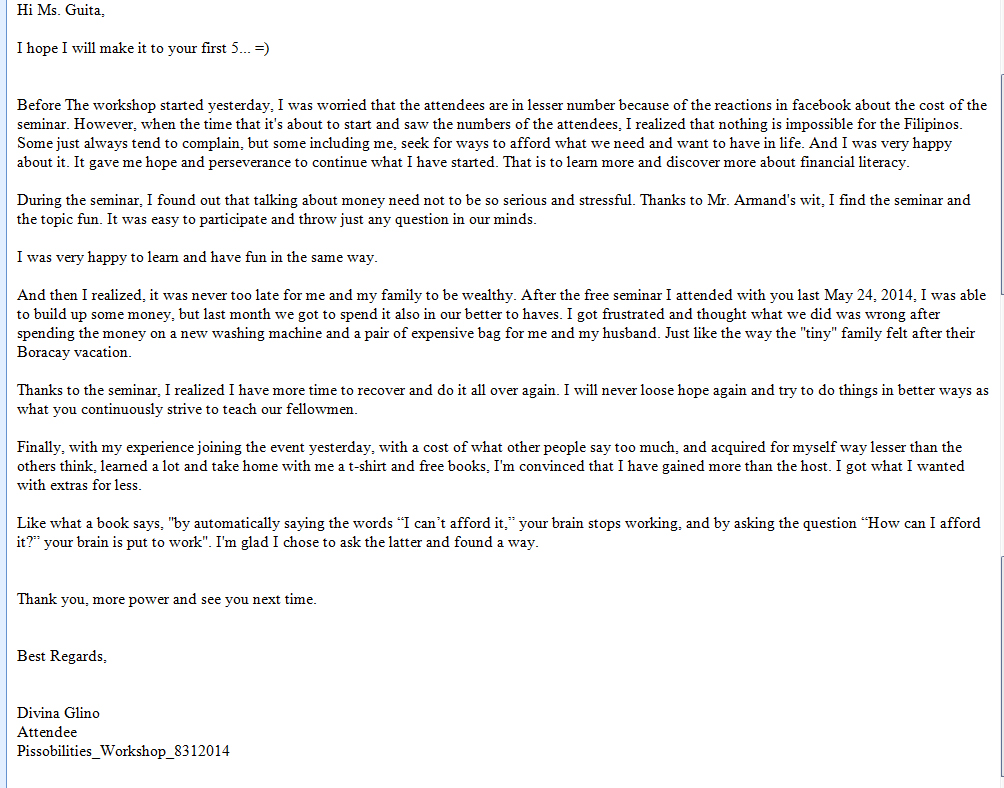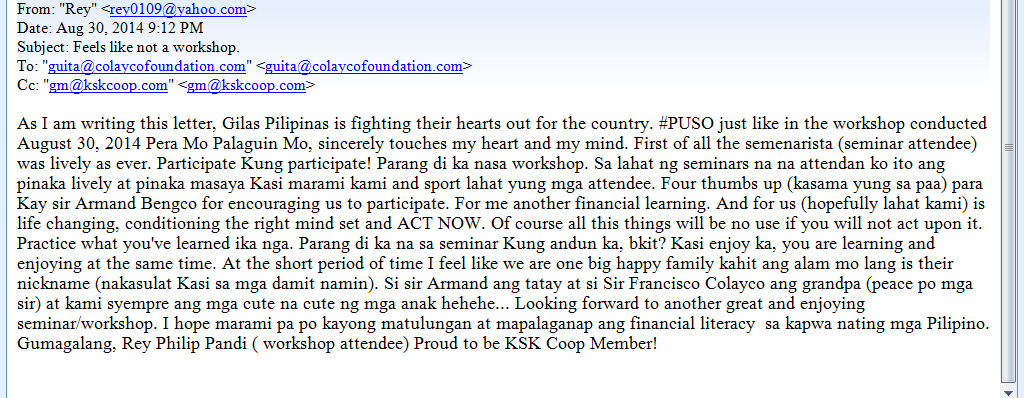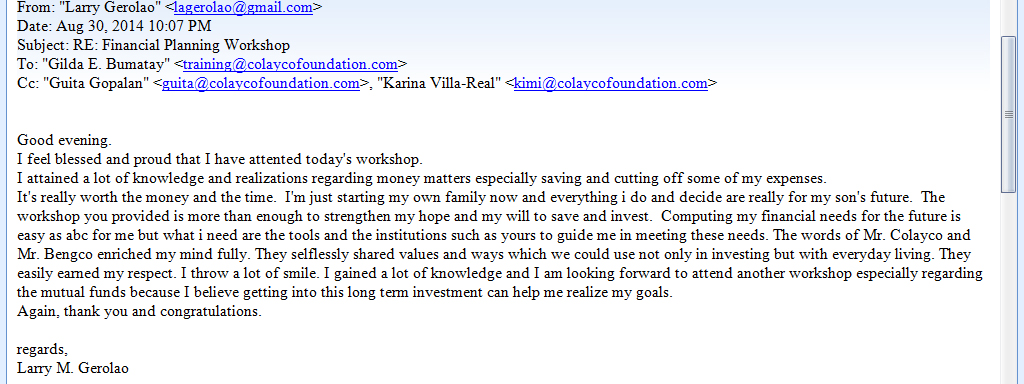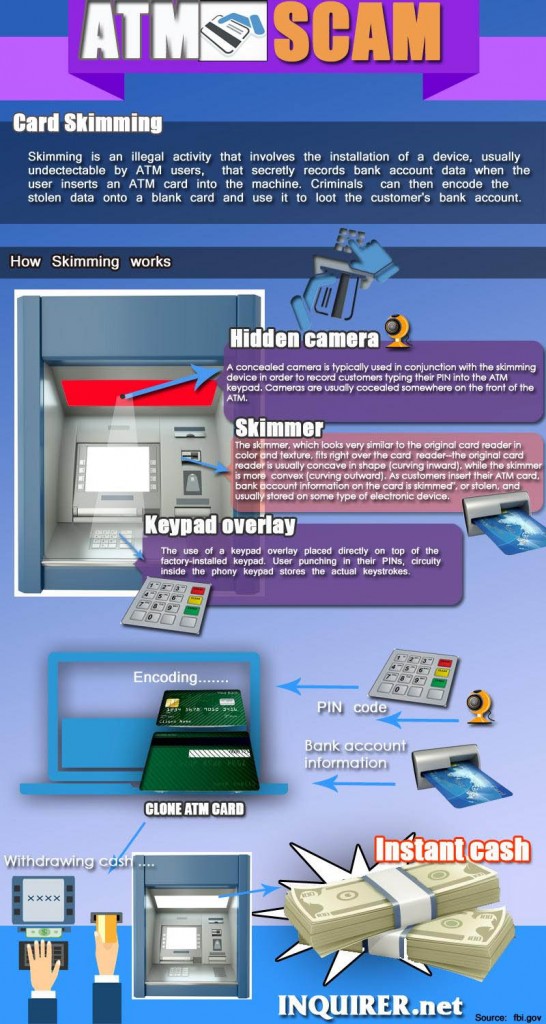Simple lang naman ang paraan ng pamumuhunan sa mga MF at UITF. Bibili lang ng mga parte sa kanila. Pero nag-iiba-iba ang presyo ng mga parte bawat araw. Ang presyong ito ay nakasaad bilang Net Asset Value (NAV) ng bawat parte. Saka lang talaga kikita kapag ibinenta na ang mga parteng sa mas mataas na NAV kaysa sa pagkakabili. Nitong nakaraang limang taon, kung titingnan ang takbo ng mga magagaling na mutual funds, tumaas ang halaga ng equity funds ng 12 hanggang 19 porsiyento kada taon; ang balanced funds ay tumaas ng 10 hanggang 13 porsiyento kada taon; at ang bond funds ng 4 hanggang 9 porsiyento kada taon.
Kapag naglagak ka sa MF at UITF, mas mababawasan pa ang panganib ng pagkalugi kung ikakalat ang iyong puhunan. Huwag ilagay lahat sa iisang MF o UITF. Isa pa, pipiliin lang ang sampung pinakamaayos ang pagpapalakad at pinakamalaki ang kinikita. At kung malaki-laki rin lang ang pera, ilagak ito sa iba’t ibang klaseng funds. Halimbawa, imbes na ilagay lahat sa isang equity, o fixed-income o balanced funds, hati-hatiin ito — ang isang bahagi ay ilagay sa equities, ang isang bahagi sa fixed-income funds at ang natitirang bahagi sa balanced funds.
Ang UITF ay bago pa lang sa Pilipinas. Pinatatakbo ito ng isang trust institution, na kadalasa’y isang bangkong may trust license. Hindi lahat bangko ay may ganitong lisensiya. Pinalitan ng UITF ang Common Trust Funds (CTF) alinsunod sa mga patakaran sa ibang bansa. Kaya nga wala na ngayong CTF.
Ang mga trust company ay hindi talaga bahagi ng bangko, kaya ang UITF ay hindi itinuturing na “produkto ng deposito” at sa gayo’y hindi ginagarantiyahan ng Philippine Deposit Insurance Corporation (PDIC).
Ang kinikita lang ng mga trust company ay ang bayad sa paghawak at pamumuhunan nila ng pera, kaya’t obligasyon nilang ibigay sa kanilang mga kliyente lahat ng kinita ng pondo. Kaya nga kadalasan, mas mainam pang maglagak ka ng pera sa trust fund kaysa sa savings account o time deposit sa bangko.
Bisitahin ang www.colaycofoundation.com para sa schedule ng aming mge seminar!







